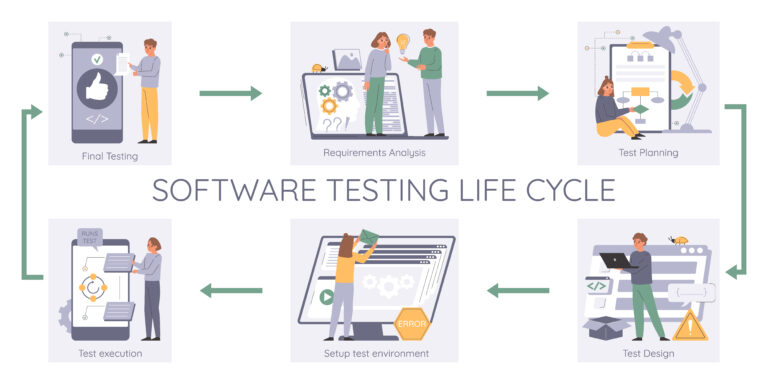Financial stability and risk management have become vital for organisations, particularly in sectors like banking and finance. But what exactly do the terms Credit Scoring and Loan Assessment mean, and why are they so critical? Credit scoring involves evaluating borrowers’ creditworthiness based on their financial history and current obligations. Meanwhile, loan assessment focuses on determining the feasibility and risk level of granting a loan. Together, they form the foundation for effective lending practices and risk mitigation.
Why is Credit Scoring and Loan Assessment Important?
Credit Scoring and Loan Assessment are crucial for minimizing financial losses, managing risks, and ensuring regulatory compliance. With the rise of advanced data analytics, financial institutions can adopt more accurate and predictive methods to assess borrower credibility. By analyzing historical data and identifying risk patterns, lenders can make more informed decisions and prevent potential defaults. Implementing these strategies not only safeguards financial assets but also strengthens stakeholder trust.
How Does it Assessment Work?
Effective scoring and assessment rely on data-driven techniques and advanced algorithms. Organizations utilize data analytics to monitor financial transactions, assess credit history, and evaluate borrower behavior. Predictive models and machine learning algorithms are implemented to identify potential risk factors and predict loan default probabilities. Loan assessment also includes analyzing income stability, debt-to-income ratios, and repayment capacity, ensuring a comprehensive risk analysis.
Role of Data Analysts in Credit Scoring and Loan Assessment
Data analysts play a pivotal role in enhancing scoring and assessment. By analyzing large datasets, they identify patterns and anomalies that indicate potential credit risk. Data visualization tools are employed to present insights clearly, allowing financial institutions to make data-driven lending decisions. Additionally, predictive analytics models enable lenders to assess the likelihood of loan repayment and recommend strategies for risk mitigation.
When Should Businesses Implement Credit Scoring and Loan Assessment?
Organizations, especially financial institutions, should integrate scoring and assessment strategies from the start of their lending operations. Regular monitoring and periodic assessments are essential to adapt to evolving financial landscapes and emerging risk factors. Implementing robust scoring systems ensures timely identification of high-risk borrowers and minimizes potential financial setbacks.
Examples of Credit Scoring and Loan Assessment in Action
Credit Card Loan Assessment: A bank leverages data analytics to evaluate a customer’s repayment history before approving a credit card loan. The system flags accounts with frequent late payments or high credit utilization, indicating a higher risk level.
Mortgage Loan Assessment: A financial institution uses predictive models to assess a borrower’s income stability and debt obligations. By analyzing historical data, the institution determines the borrower’s capacity to repay a mortgage, reducing the likelihood of default.
Small Business Loan Assessment: A lender implements advanced algorithms to evaluate the financial health of small businesses seeking loans. The system assesses cash flow, revenue consistency, and past loan repayment behaviour to determine creditworthiness.
Personal Loan Assessment: Data analysts monitor borrower credit scores and assess income patterns to identify potential red flags. If a borrower’s financial stability is in question, the system recommends risk mitigation strategies such as higher interest rates or collateral requirements.
Conclusion
Credit Scoring and Loan Assessment are indispensable components of effective risk management in the financial sector. By utilizing data analytics, predictive modelling, and advanced algorithms, financial institutions can make more informed lending decisions, mitigate potential risks, and maintain financial stability. In a rapidly evolving financial landscape, integrating comprehensive credit scoring and loan assessment strategies is not just beneficial—it’s essential for sustainable growth and profitability.




